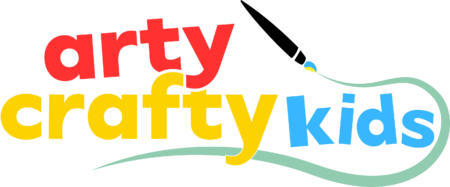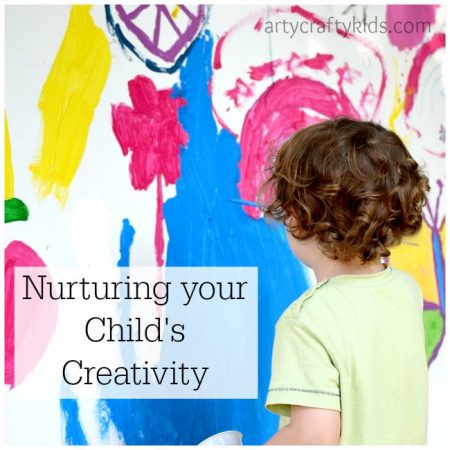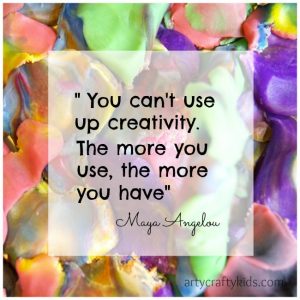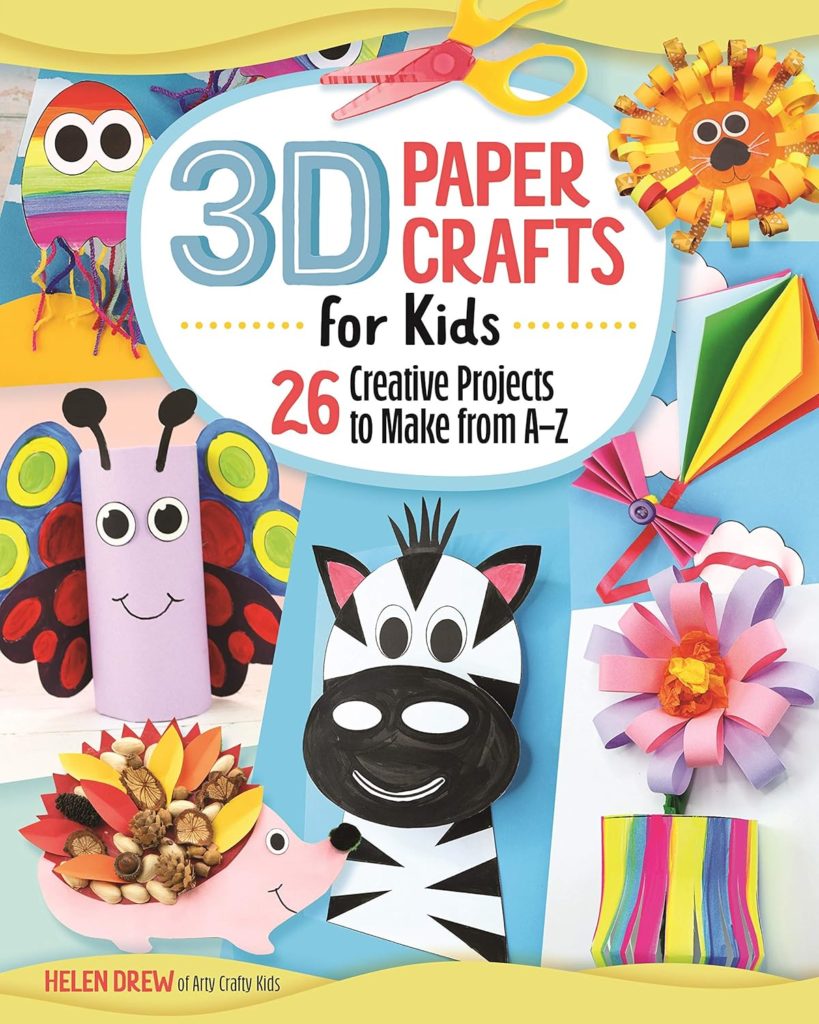Sharing is caring!
Creativity extends beyond the arts and crafts. It’s a way of thinking. A way of doing. It’s that special little something that drives your child from milestone to milestone, to explore and experiment; combining their knowledge of the world with their imagination to problem solve and generate ideas.
Creativity is not reserved for a special few. Every child is born with a natural curiosity to learn and an intrinsic motivation to master new skills, and like all new skills, it’s important to nurture creativity.
Here’s a few hints and tips to help nurture your child’s creativity:
Nurturing your Child’s Creativity
Ask the Right Questions
The urge to offer a simple “wow, that’s great” when your child presents their masterpiece that consists of a few splodges of paint is a tricky habit to kick.
Asking open-ended questions will give your child the opportunity to analyse and evaluate their own creativity, as well as develop their critical thinking skills.
Try some of these questions and conversation starters the next time your child creates something – you might be surprised by some of the answers and I will guarantee, you will both share a giggle or two.
Tap into your Child’s Interests
Children’s interests change and evolve with their development. If you notice your child engaging in some repetitive behaviour, such as stacking, cutting and threading, it could be assumed they’re trying to master a new skill.
Offering activities that meet and challenge the ‘interest’ will support your child with their chosen phase of development and aid creativity.
An engaged child is a child that’s learning, and sometimes the value of their repetitive behaviour may not be obvious. For example: when my daughter had just turned three, she went through a phase of spilling her full cup of water onto the wooden floor. My first response (as I’m sure you can imagine), was “what are you doing?” – it turned out, she was interested in how the shape of the water changed from the cup to the floor and how quickly it spread.
Sometimes it takes a little creative thinking on our part to figure out our kids motives and in this instance, I couldn’t help but smile at my daughters logical and creative reasoning.
It’s OK to be Bored
Boredom feeds creativity, it really does!
In the absence of structured activities and electronic entertainment, it’s amazing what children can come up with when they’re not relying on an external impetus.
The power of imagination will replace boredom and if children have open access to a variety of materials, the outside and space, they will naturally make creative use of their environment and create some awesome play, experiments and activities all by themselves!
Cut out Distractions and Avoid Disrupting their Flow
Background noise and electronic devices are a huge distraction and will prevent your child from fully immersing themselves in creative play and activities.
Cutting out distractions will improve engagement and enable your child to concentrate – a key skill to learn as they approach school age and are required to focus for long periods of time.
It’s also very easy to comment or offer unwanted assistance during an activity. This disrupts their engagement and flow, and can distract them enough to prevent them from seeing the activity through to the end.
Invite Creativity
A simple child sized table and chair can work wonders for inviting and inspiring spontaneous creativity. My own children will come and go from theirs all day long; enjoying the freedom and independence to use the space as they please.
Easy access to paper and pens is an obvious choice for a ‘creation station’. Mixing it up with Lego, discovery baskets, books, a box of cars or dry foods for pouring and mixing will keep the kids coming back. A good variety of activities will stimulate different modes of thought and creative processes.
Forget Perfection
It’s all about the process!
As your child creates, they are manipulating their chosen material to figure out how it works, to understand its boundaries and capabilities.
They are working out their own preferences, their likes and dislikes.
The end result may not be pretty or an activity my take a random or obscure turn. Sometimes it will appear that everything has gone wrong. However, in terms of nurturing your child’s creativity, appearances can be deceiving and that big pile of mess your child has created, will have provided many valuable learning opportunities.
There are times when it’s important to let go of the ideals and run with the natural flow.
It’s certainly more fun that way!
Get Creative Yourself
Creativity inspires creativity.
If your children see you regularly engaged and getting creative, they’ll follow your example.
Their natural inquisitiveness will lead to questions and they may even want to have a go themselves.
If you are keen to nurture your child’s creativity, getting creative yourself is a good place to start.
I hope you’ve enjoyed our tips for Nurturing your Child’s Creativity and if you have anything to add or would like to share something that’s worked for your child, then I would love to hear from you!






